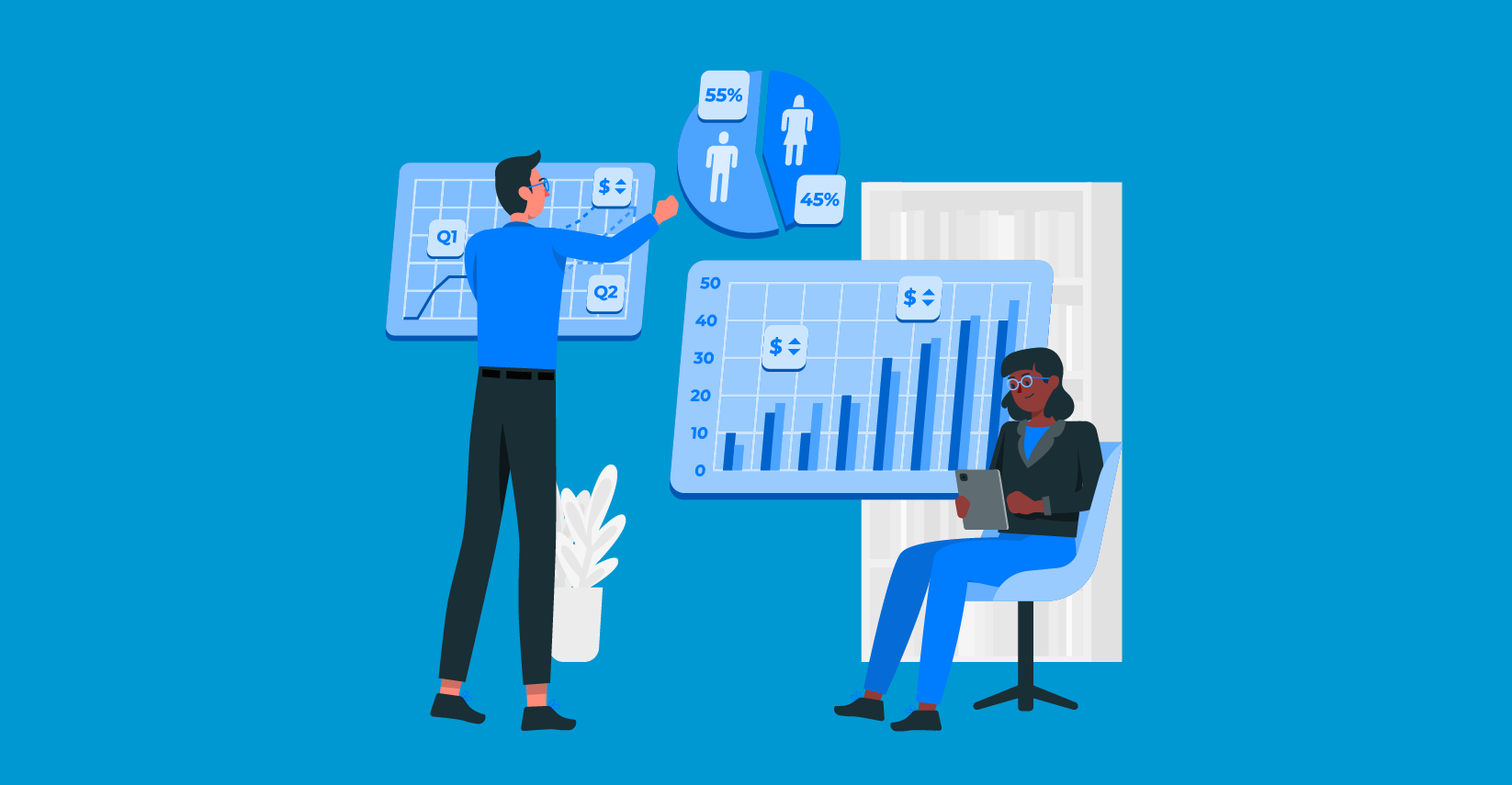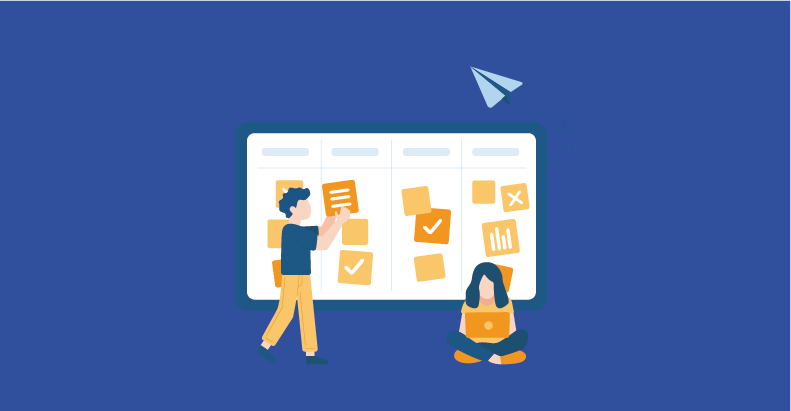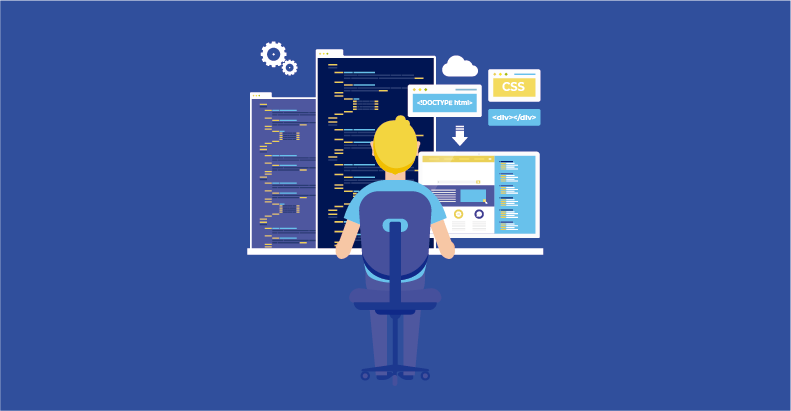API Testing: Key Advantages For Your Business

- July 9, 2021
- Hassan Shafiq
Companies routinely monitor APIs during production to verify that the live endpoints are up, running, and delivering the anticipated information to the user. As a result, testing teams will be notified if something goes wrong and will be able to resolve any issues before users realize anything is wrong.
But what if customers discover problems before you do? What if the issue is more severe than simply being slow?
What Is API Testing and How Does It Work?
It is a form of software validation that checks Application Programming Interfaces, as they are commonly known. It ensures that an application’s efficiency, usability, security, and dependability meet the required standards. When using automation tools for this process, QA teams can take advantage of increased efficiency and consistency.
So, what’s the connection between the two? API test focuses on the business logic layer of the software’s design, while UI assessment is concerned with the look and feel of the user interface. In other words, their benefit over UI assessment is that it validates the functionality from all angles, not just from the user’s perspective.
The Different Types of API Testing
The three main forms that our experts use with our clients and recommend to others are listed below.
For Functionality
Functional tests ensure that the software system meets the functional requirements. A QA tester gives suitable input parameters in XML or JSON payload to test each function, then checks the output against the functional requirements.
For security
Identifies any risk, weakness, or danger that may exist inside. It uncovers any possible loopholes or flaws that might lead to the loss of data, money, or reputation if exploited by an unauthorized user. After all, what good is it for if it doesn’t protect you against malevolent internal users or invading criminals?
Under Load
These tests evaluate how well an it performs under a given load and how well it behaves when several users contact the system at the same time. It uses exact data and specific statistics to confirm the projected load.
The Advantages of API Testing
These can improve your product’s performance, client satisfaction, and security, depending on your project timeframe, integration needs, and desired functionality:
- Basic Functionality will be checked
Before conducting GUI tests, checking an application’s code-level functionality offers an early assessment of its overall build robustness. During GUI testing, this helps uncover tiny mistakes that might grow into major issues. Core access allows checking to run concurrently with development, improving communication and collaboration between the two teams. If you’re using an offshore QA staff to test, this is a big plus.
- Access Without a User Interface
Access to the program without a user interface or people to engage with the system is a significant benefit. To put it another way, QA testers can conduct API tests without having to use the software application themselves. This is a huge benefit since it gives QA engineers early access to faults and mistakes, allowing developers to fix them before they affect the user interface.
- Integration is straightforward using the GUI
It allows for highly integrable tests. This is especially useful if you want to follow up your API testing with functional GUI checks. Easy integration, for example, would allow new users to be created within the program prior to the commencement of a GUI test.
- Effectiveness of time in terms of task completion
One of the most significant distinctions between APIs and GUI testing is that it takes significantly less time than functional GUI . It necessitates polling of web page components, which may significantly slow down the process. And what is it best known for? Its ability to give findings quickly!
- Language-Independent
It transfers data using XML or JSON, as previously stated. These transfer modalities are fully language-agnostic, which means you may use any core language while looking for automated testing services for your app.
- Test coverage improves
Unlike unit tests, has a larger reach. While unit tests are designed to focus on the restricted functionality of components inside a single application, issues frequently occur when one layer’s scope stops and the next begins.
Unit tests won’t catch these problems, but API-level tests are particularly designed to ensure that all system components work as they should. It uncovers possible flaws in user interfaces, servers, and databases, resulting in higher software quality and improved user experiences.
- Stability is tested more often
They are significantly more stable than graphical user interfaces, which can alter to meet new requirements from users and stakeholders. They often provide comprehensive documentation, and any changes are noted in this documentation so that QA engineers can keep their test suites up to date. Because of their intrinsic dependability, these tests are also easy to maintain.
- Cost savings
The cost-effectiveness benefit is linked to the preceding one. Automated API tests run faster, resulting in more efficient resource use and cheaper total expenses.
Prior to any GUI testing, API tests may be conducted as soon as the business logic is specified. It allows the QA team to identify and address issues before they become a production issue, lowering project expenses.
Major Need Of Your Organization
Everyone believes that the best way to assure high software quality is through thorough checking. And, because it allows checking of the most essential business layer, automated API testing is critical in a well-designed QA approach. It also has a number of commercial advantages, including increased test coverage, faster results, lower costs, and simpler maintenance. You can gain all these advantages when you hire a professional company providing QA outsourcing services.











